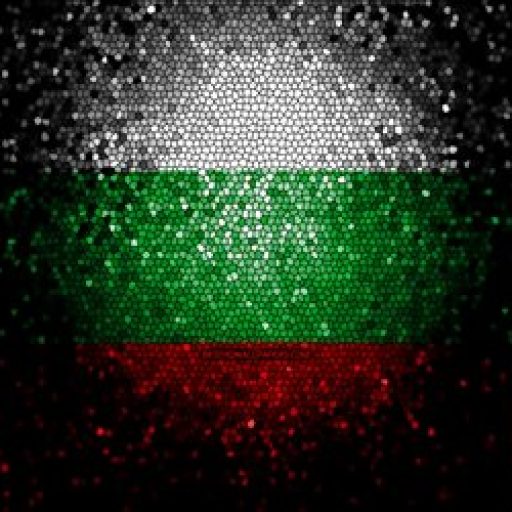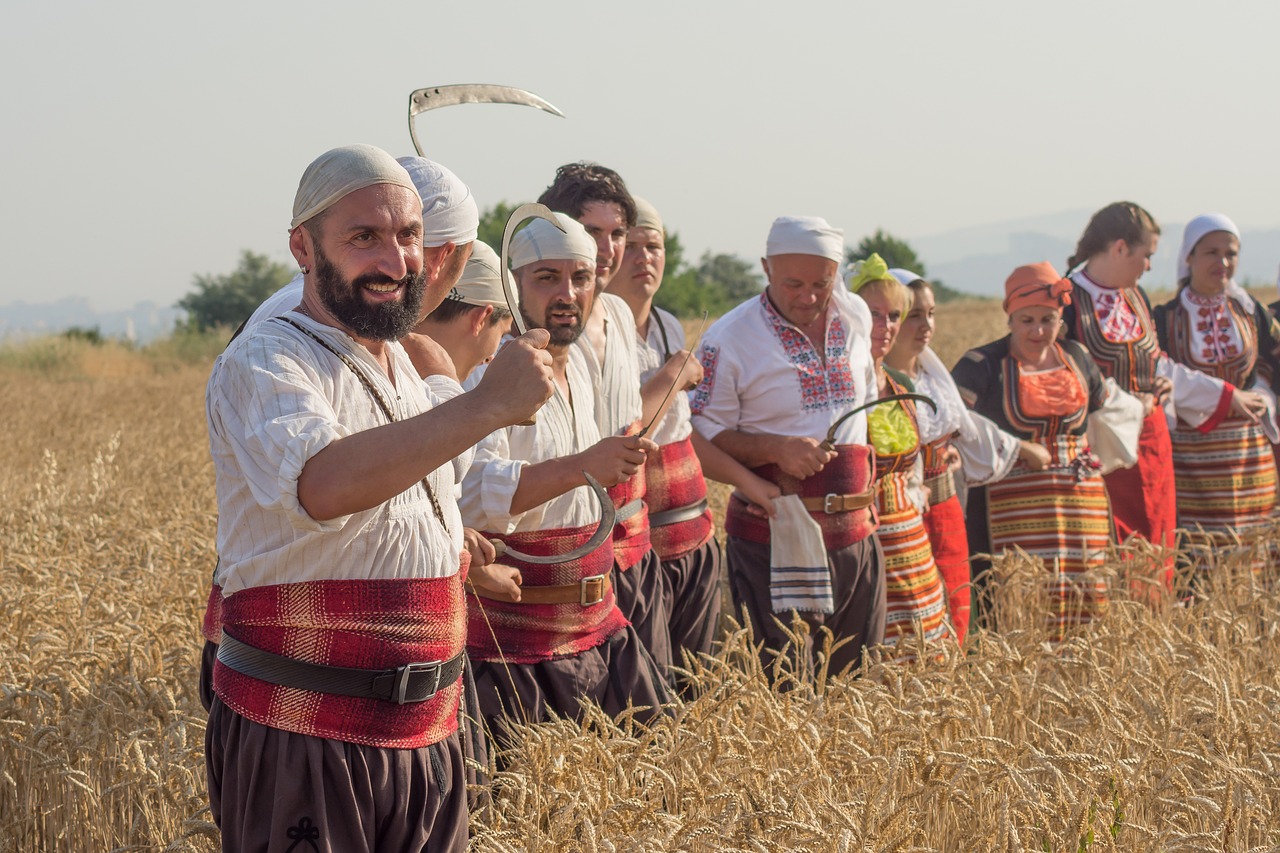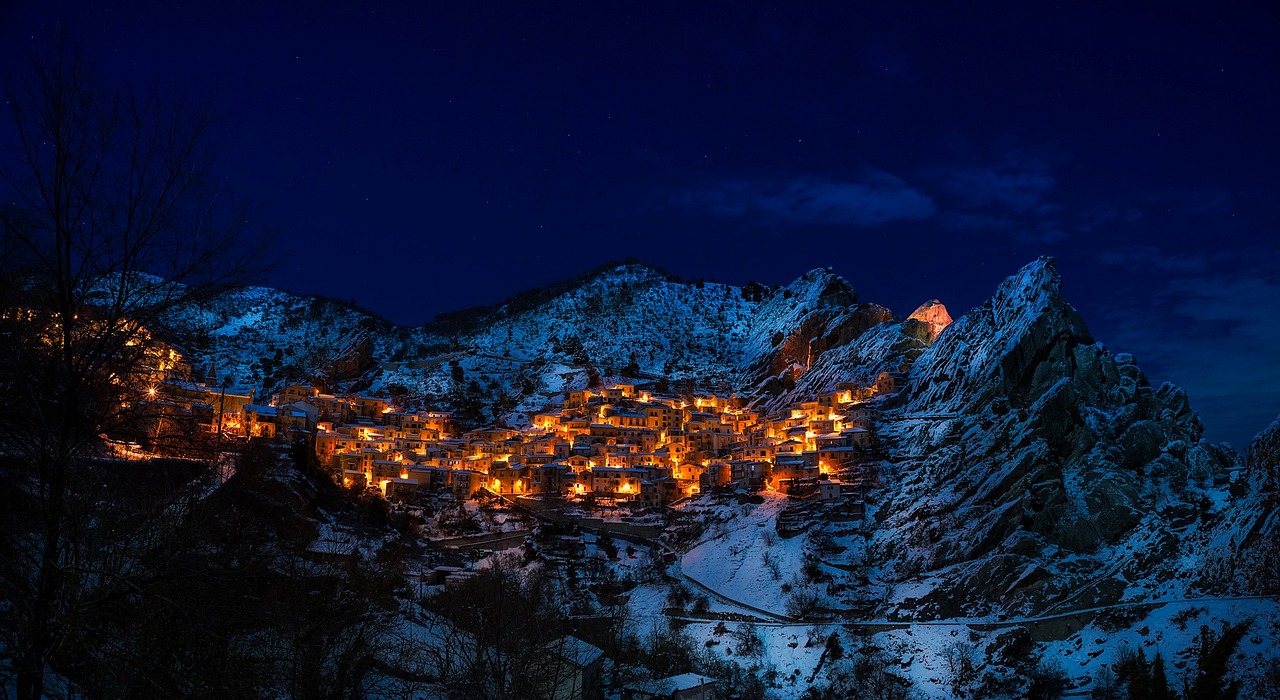"Out of suffering have emerged the strongest souls; the most massive characters are seared with scars." This profound adage by Khalil Gibran perfectly encapsulates the essence of the Holy Trinity Temple, a symbolic monument nestled in the heart of Bansko, Bulgaria. Built in 1835, this grand edifice stands as a testament to the resilience and fortitude of the Bulgarian people during the Bulgarian Revival period. The Holy Trinity Temple, with its imposing presence and exquisite architecture, serves as a beacon of cultural and religious significance. Its nave basilica style, adorned with captivating paintings by renowned artists, showcases the rich artistic heritage of Bansko and Debar Art Schools. Moreover, the temple’s main entrance, featuring both a Christian cross and a Turkish crescent, symbolizes the remarkable spirit of religious tolerance prevalent in this historic town. As the largest temple in Bulgaria until the construction of the Alexander Nevski Memorial Temple in Sofia, the Holy Trinity Temple holds a special place in the hearts of locals and visitors alike. Step into an era of resilience and spirituality as you explore this magnificent monument, an enduring testament to the indomitable human spirit.
Key Takeaways
- Built in 1835 during Bulgarian Revival period
- Paintings on walls by renowned artists from Bansko and Debar Art Schools
- Main entrance features Christian cross and Turkish crescent symbolizing religious tolerance
- Located in center of Bansko, Bulgaria
What is it?
The Holy Trinity Temple in Bansko is a significant symbol of the resort and is considered one of the largest temples in Bulgaria. Built in 1835 by local builders, the temple holds historical and cultural significance. It is a nave basilica-style temple, featuring a main entrance adorned with a Christian cross and a Turkish crescent, symbolizing religious tolerance. The temple showcases paintings on its walls made by prominent artists from Bansko and Debar Art Schools. Additionally, the temple complex includes a bell tower and fence walls, making it a monument of architecture. During the Bulgarian Revival period, the Holy Trinity Temple was a significant cultural achievement for Bansko. It remains an important historical and cultural site, attracting visitors and symbolizing the rich heritage of the region.
Location and Description
Located in the center of the town, the Holy Trinity Temple in Bansko is one of the largest temples in Bulgaria and serves as a significant cultural achievement during the Bulgarian Revival period. This architectural masterpiece holds immense architectural significance and cultural importance. The temple complex, which includes a church, a bell tower, and fence walls, is considered a monument of architecture. The nave basilica style of the temple, built in 1835 by local builders, showcases the town’s rich heritage and craftsmanship. The main entrance, adorned with a Christian cross and a Turkish crescent, symbolizes religious tolerance. The walls of the temple are adorned with exquisite paintings created by prominent artists from Bansko and Debar Art Schools. The bell tower, standing at 30 meters high and featuring a clock, adds to the grandeur of the temple complex.
Tourist Information Center
Situated in the heart of Bansko, the Tourist Information Center provides essential services and resources for visitors seeking information about the town and its attractions. The center serves as a hub for tourists, offering a wide range of services to enhance their experience in Bansko. Visitors can obtain maps, brochures, and tourist guides to navigate the town and its surroundings. The knowledgeable staff is readily available to answer inquiries and provide recommendations on accommodations, restaurants, and local activities. Additionally, the center offers assistance with booking tours and transportation, ensuring convenience and ease for visitors. The Tourist Information Center operates from Monday to Friday, from 9:00 to 18:00. It is also open on Saturdays from 10:00 to 18:00 and on Sundays from 10:00 to 14:00, providing ample opportunity for tourists to access the services and information they need during their stay in Bansko.
Frequently Asked Questions
What is the significance of the Christian cross and Turkish crescent symbol on the main entrance of the Holy Trinity Temple?
The Christian cross and Turkish crescent symbol on the main entrance of the Holy Trinity Temple in Bansko hold historical significance. They represent religious tolerance and reflect the cultural and historical context of the temple’s construction during the Bulgarian Revival period.
How often are the paintings on the walls of the temple changed or updated?
The paintings on the walls of the Holy Trinity Temple in Bansko are not regularly changed or updated. They are preserved for their historical significance and serve as a representation of the artistic traditions of Bansko and the Debar Art Schools.
Are there any specific events or festivals held at the Holy Trinity Temple throughout the year?
Throughout the year, the Holy Trinity Temple in Bansko hosts various specific events and festivals. These events celebrate religious holidays, such as Easter and Christmas, and include processions, liturgical services, and cultural performances.
Can visitors climb the bell tower and see the clock up close?
Visitors to the Holy Trinity Temple in Bansko can climb the bell tower to experience the architectural details up close. The clock, installed in 1866, adds to the allure of this symbol of religious tolerance and cultural achievement.
Are there any restrictions or guidelines for taking photographs inside the temple complex?
Photography guidelines for the Holy Trinity Temple complex in Bansko are not specified. However, visitors should be respectful of the religious nature of the site and avoid disrupting worship. Decorative elements inside the temple include paintings by prominent artists from Bansko and Debar Art Schools.












